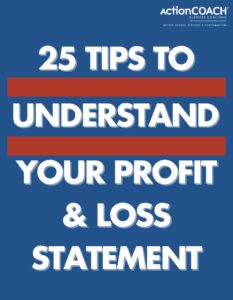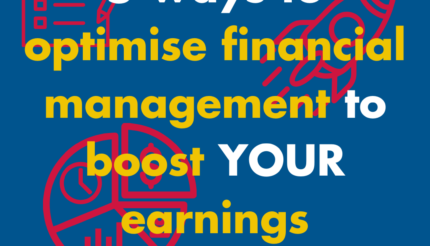5 ways to track your expenses and understand your P&L statement
Tracking your expenses is a critical component of managing your business finances effectively. It’s essential to keep track of your expenses and understand how they relate to your profit and loss statement (P&L). Here are five tips to help you track your expenses in relation to your P&L statement:
- Categorise your expenses:
One of the best ways to track your expenses is to categorise them. This helps you understand where your money is going and make better decisions about how to allocate your resources. Examples of expense categories include salaries and wages, rent, utilities, supplies, and marketing.
- Use accounting software:
Using accounting software like QuickBooks, Xero, or Wave can make it much easier to track your expenses. These programs allow you to enter expenses and categorise them automatically. They can also generate reports that show you where your money is going and help you identify areas where you can cut costs. - Monitor expenses regularly:
To track your expenses effectively, you need to monitor them regularly. Set aside time each week or month to review your expenses and update your records. This helps you stay on top of your finances and identify any issues before they become significant problems.
- Keep receipts and invoices:
It’s essential to keep receipts and invoices for all your business expenses. This allows you to verify your expenses and ensure that you’re not missing anything when you’re entering them into your accounting software. - Review your P&L statement:
Your P&L statement shows you how much money you’re making and how much you’re spending. By reviewing it regularly, you can see how your expenses are affecting your bottom line. This helps you make better decisions about where to cut costs or invest more resources.
Tracking your expenses in relation to your P&L statement is crucial for managing your business finances effectively. By categorising your expenses, using accounting software, monitoring expenses regularly, keeping receipts and invoices, and reviewing your P&L statement, you can stay on top of your finances and make informed decisions about your business’s financial health.
READ THE FULL GUIDE HERE






